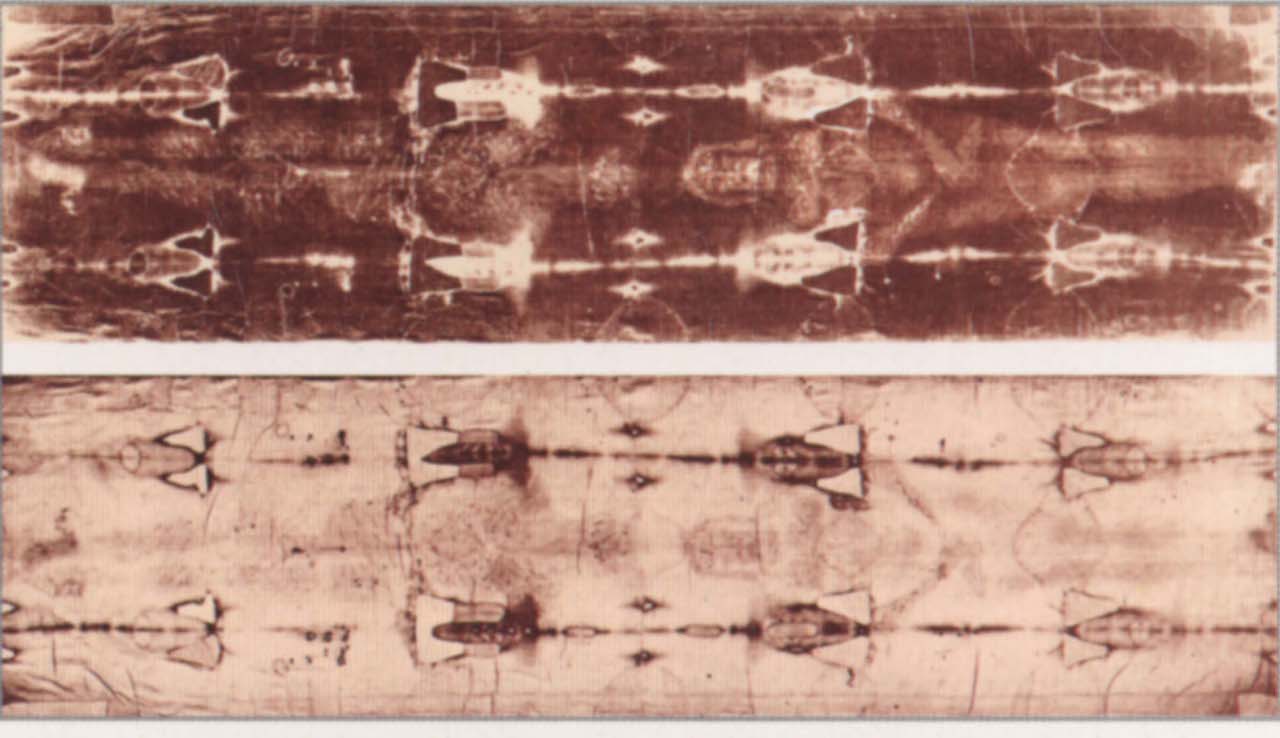

Pollen analysis: This form of analysis has been unable to prove conclusively-or disprove-that the Shroud was in Judea at one time.And the cloth has been otherwise dated to between 300 BC and 300 AD. The stitching is identical to an artifact found at Masada in Israel, dated between 40 BC and AD 73. The flax fibers are traceable to the Eastern Mediterranean or the Middle East. Textile analysis: Here we learn that the Shroud is woven flax, made by a professional-quality weaver, which was likely only to have been owned by a wealthy man ( e.g., Joseph of Arimathea).
 Anatomical analysis: The Shroud bears the image of a grown male, five feet eleven inches tall, with shoulder length hair and a beard-a man who had suffered crucifixion in the Roman fashion. It turns out, for example, that the Shroud is most effectively viewed and studied as a negative image of the body, using high-definition computer-aided photography and aerospace technologies for developing 3D images. Computer analysis: We have found computer-driven ways of examining and extracting evidence from the Shroud which tends to confirm the Biblical and historical analysis. Historical analysis: There is considerable evidence to suggest that the Shroud followed a particular geographical and historical path to where it has come to be today (in the keeping of the Vatican). Biblical analysis: We know that Jesus Christ was crucified, died and was buried after being wrapped in a burial cloth, such that if an image should have been miraculously imprinted on the cloth, its fundamental visual characteristics would have been something very like what is seen on the Shroud of Turin today.
Anatomical analysis: The Shroud bears the image of a grown male, five feet eleven inches tall, with shoulder length hair and a beard-a man who had suffered crucifixion in the Roman fashion. It turns out, for example, that the Shroud is most effectively viewed and studied as a negative image of the body, using high-definition computer-aided photography and aerospace technologies for developing 3D images. Computer analysis: We have found computer-driven ways of examining and extracting evidence from the Shroud which tends to confirm the Biblical and historical analysis. Historical analysis: There is considerable evidence to suggest that the Shroud followed a particular geographical and historical path to where it has come to be today (in the keeping of the Vatican). Biblical analysis: We know that Jesus Christ was crucified, died and was buried after being wrapped in a burial cloth, such that if an image should have been miraculously imprinted on the cloth, its fundamental visual characteristics would have been something very like what is seen on the Shroud of Turin today. #Shroud of turin dna evidence free
Free eBook: Resolving Faith Difficulties 3: A Pastor’s Spiritual Journal






 0 kommentar(er)
0 kommentar(er)
